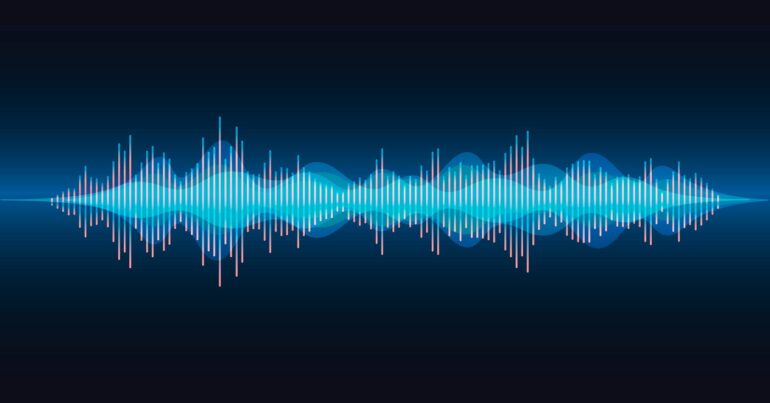- AI advancements are fueling the proliferation of convincing audio deepfakes, raising concerns in various sectors.
- Government initiatives target AI-generated robocalls, while incentives spur innovation in fraud prevention solutions.
- NPR’s experiment reveals the limitations of current detection software in accurately identifying AI-generated audio.
- Detection tools provide probabilistic results, highlighting the nuanced nature of distinguishing between real and fake audio.
- Leveraging AI for detection presents a promising avenue, but challenges persist in adapting to evolving deepfake technology.
Main AI News:
As the realm of artificial intelligence continues to evolve, so too does its capacity for generating convincing audio deepfakes, prompting concerns across various sectors from politics to financial security.
The federal government’s decisive action against AI-generated robocalls underscores the urgency of the issue, coupled with incentives for innovative solutions to combat the escalating threats posed by voice cloning frauds. Concurrently, a concerted effort is underway within the research community and private industry to develop robust detection software aimed at identifying voice clones, often marketed as indispensable tools for fraud prevention.
However, the ramifications of erroneous detections are significant, as highlighted by Sarah Barrington, an esteemed AI and forensics researcher at the University of California, Berkeley. The mislabeling of authentic audio as fake or vice versa in sensitive contexts such as politics could erode trust in fundamental institutions and distort the fabric of reality.
As deepfake technology advances, traditional telltale signs diminish, necessitating computational methods for detection as the new standard. Yet, recent experiments, like one conducted by NPR, suggest that technological solutions alone may not suffice in addressing the challenges posed by AI-generated voices.
NPR’s investigation into deepfake audio detection revealed mixed results from prominent providers such as Pindrop Security, AI or Not, and AI Voice Detector. While these tools boast high accuracy rates, NPR’s findings indicate a significant margin of error, with detection software often failing to discern AI-generated clips accurately.
Moreover, these companies’ verdicts are not binary but expressed in probabilistic terms, introducing further complexity. Abdellah Azzouzi, CEO of AI Voice Detector, underscores this, noting that interpretations hinge on the likelihood of AI generation, with varying thresholds for classification.
Amid these challenges, the use of AI to counter AI-generated threats emerges as a promising avenue. Barrington’s research underscores the potential of machine learning models to discern subtle patterns imperceptible to humans, thereby enhancing detection capabilities.
Amit Gupta of Pindrop Security highlights the intricacies involved, including the reverse engineering of vocal tracts, a testament to the sophistication required in combating evolving threats. Similarly, Anatoly Kvitnitsky of AI or Not emphasizes the importance of tailoring models to specific use cases to maximize accuracy.
However, the dynamic nature of deepfake proliferation presents an ongoing challenge, necessitating continuous refinement of detection algorithms to keep pace with emerging threats. With new models frequently entering the fray, maintaining vigilance is paramount in safeguarding against the pernicious effects of AI-generated deepfakes.
Conclusion:
The escalating threat of AI-generated audio deepfakes underscores the pressing need for robust detection solutions in the market. While advancements in AI offer potential avenues for addressing these challenges, ongoing refinement and adaptation are essential to effectively combat the ever-evolving landscape of deepfake technology. Businesses operating in sectors vulnerable to audio fraud must prioritize investment in cutting-edge detection mechanisms to safeguard against the detrimental impacts of AI-generated deepfakes on trust and security.

